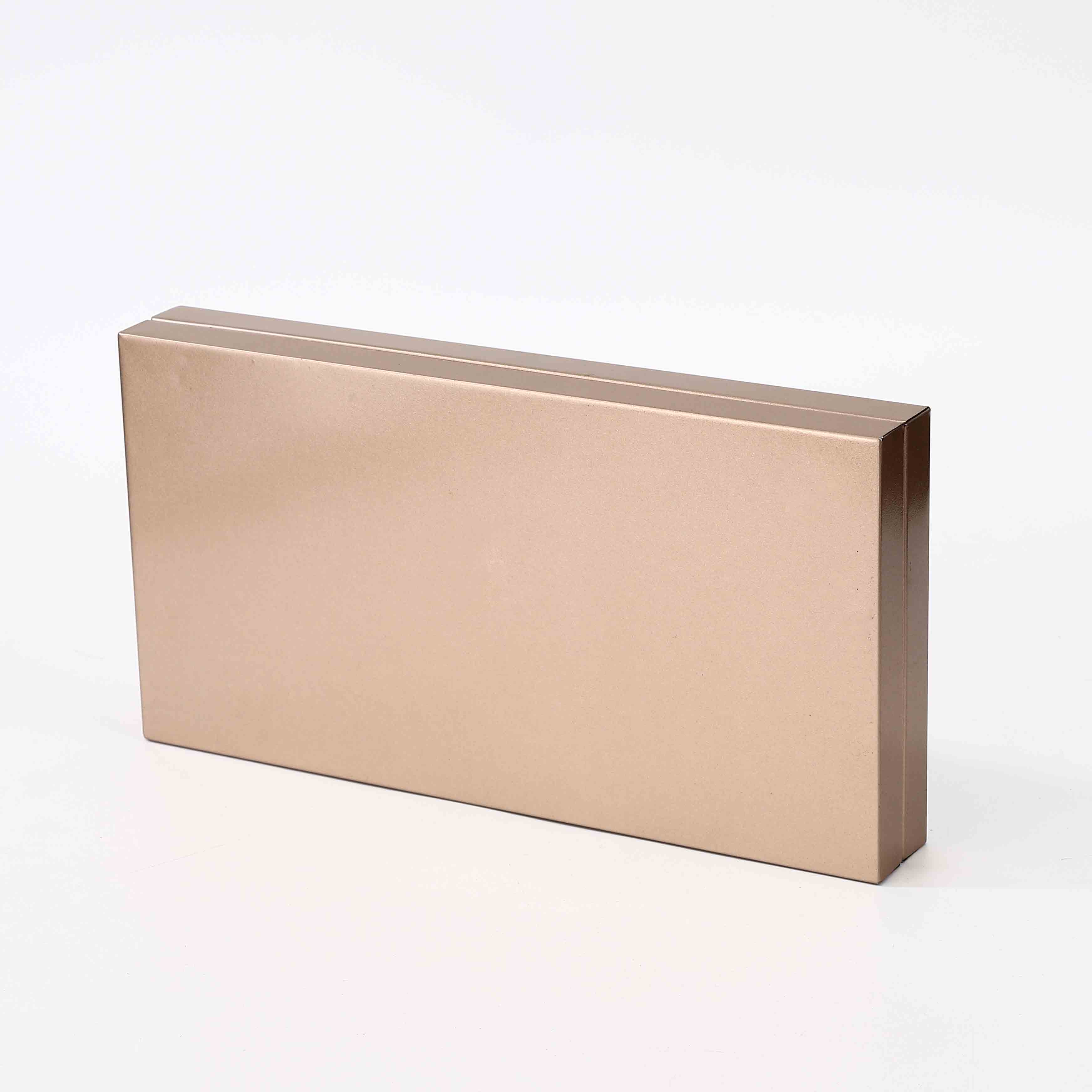សីហា . 01, 2024 00:42 Back to list
High-Quality Metal Cans with Lids Produced in Our State-of-the-Art Factory for Various Applications
The Importance of Metal Cans with Lids A Focus on Manufacturing
In the world of packaging, metal cans with lids stand out as one of the most versatile and reliable options for preserving various products. From food and beverages to industrial materials, these containers are integral to countless industries. Their durability, airtight sealing, and recyclability make them an invaluable asset in modern manufacturing. This article delves into the significance of metal cans with lids and highlights the processes involved in their production at specialized factories.
Understanding Metal Cans and Their Applications
Metal cans come in various forms and sizes, designed to meet specific packaging needs. Commonly made from aluminum or steel, these cans are used predominantly in the food and beverage industry, where they maintain product freshness and ensure safety. For instance, canned fruits, vegetables, soups, and carbonated drinks are packed in metal cans that provide excellent barrier properties against light, air, and moisture—factors that can spoil perishable goods.
Beyond food and beverages, metal cans with lids have found applications in sectors such as cosmetics, chemicals, and pharmaceuticals
. These industries benefit from the robust nature of metal cans, which safeguard sensitive products from external contaminants.Manufacturing Process of Metal Cans with Lids
The production of metal cans with lids is a meticulous process that involves several stages, each crucial to ensuring quality and efficiency.
1. Material Selection The process begins with selecting high-quality materials. Aluminum and tinplate are the most commonly used metals due to their lightweight and corrosion-resistant properties. Factories often source these materials in coils, which are easier to handle and process.
metal cans with lids factory

2. Blanking and Forming Once the materials are procured, they are cut into flat sheets or blanks through a process called blanking. These blanks are then formed into cylindrical shapes, marking the beginning of their transformation into cans. This step may involve deep drawing, where the metal is stretched and shaped into the desired form.
3. Welding and Seam Sealing After forming, the edges of the cylindrical cans are welded or seam sealed to create a completely enclosed container. This critical step ensures that the cans can withstand pressure and maintain their integrity during handling and transportation.
4. Surface Treatment and Printing The next stage involves surface treatment to enhance the metal’s durability and appearance. This may include coating with a protective layer to prevent corrosion. Additionally, printing technology is employed to add labels and branding, making the product visually appealing.
5. Lid Production Concurrently, lids are produced through similar processes that involve cutting, forming, and sealing. Advanced factories often integrate automated systems to improve speed and accuracy in lid production.
6. Quality Control Throughout the manufacturing process, quality control measures are enforced to ensure that each can meets safety and durability standards. This includes checks for leaks, pressure tolerance, and overall appearance.
7. Packaging and Distribution Once the cans and lids are produced, they are packaged for distribution. Factories utilize eco-friendly methods to reduce waste and ensure that the journey from production to the consumer is as sustainable as possible.
Conclusion
Metal cans with lids are more than just containers; they play a pivotal role in packaging that preserves and protects a multitude of products. The manufacturing process behind these cans is complex yet fascinating, involving meticulous attention to detail at each stage. As industries continue to evolve and seek sustainable solutions, metal cans with lids will undoubtedly remain a staple thanks to their practical benefits and recyclability. A factory dedicated to this noble endeavor contributes not only to the economy but also to food safety and environmental sustainability. The future of metal can production looks promising as technology improves and consumer preferences shift towards more sustainable packaging solutions.
-
Top Steel Pail with Lid Manufacturers - Durable & Secure
NewsAug.19,2025
-
Large Metal Box Manufacturers: Custom & Durable Solutions
NewsAug.18,2025
-
Durable Large Metal Box Manufacturers & Custom Solutions
NewsAug.17,2025
-
Large Metal Box Manufacturers | Durable & Custom Solutions
NewsAug.16,2025
-
Top Steel Pail with Lid Manufacturers | Durable & Secure Solutions
NewsAug.15,2025
-
Custom Round Cookie Tins Manufacturers | Bulk Supplier
NewsAug.14,2025




















